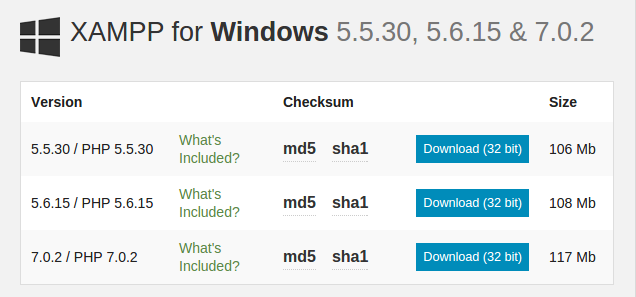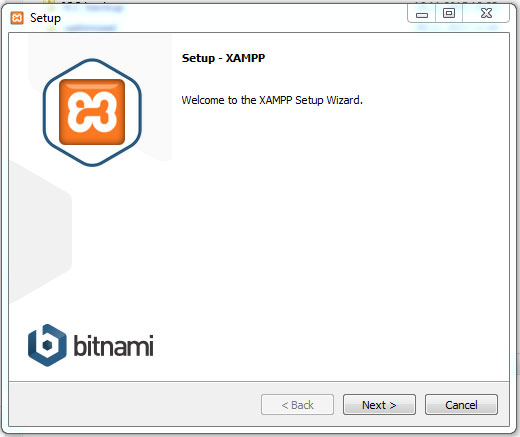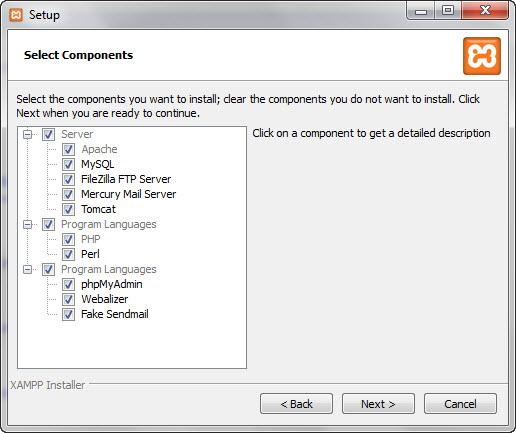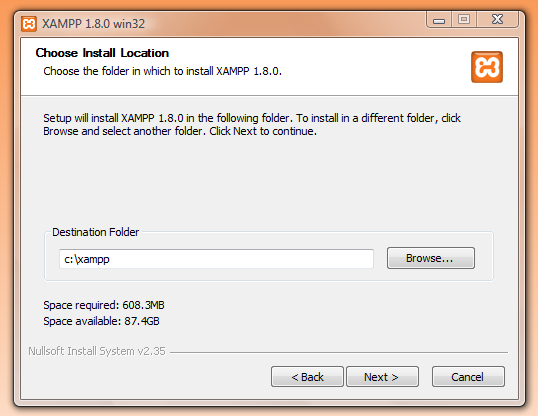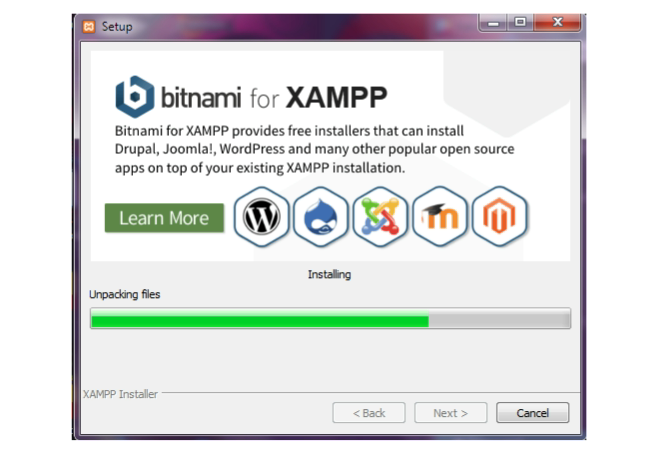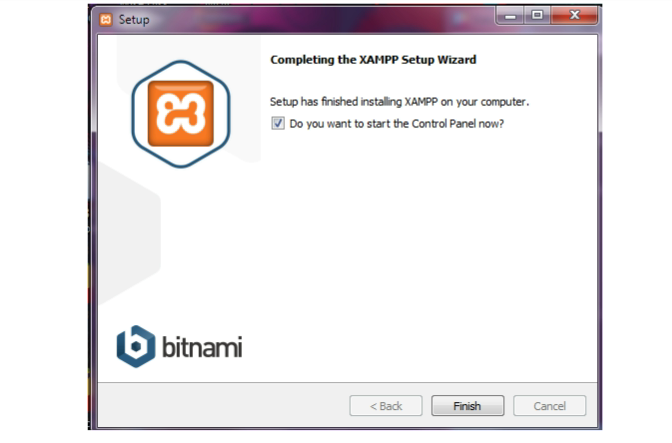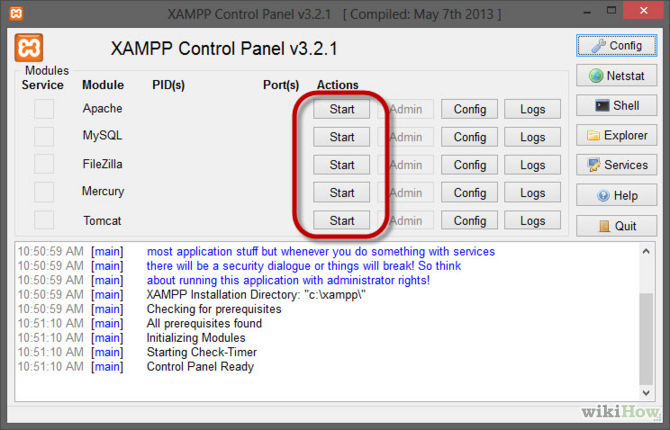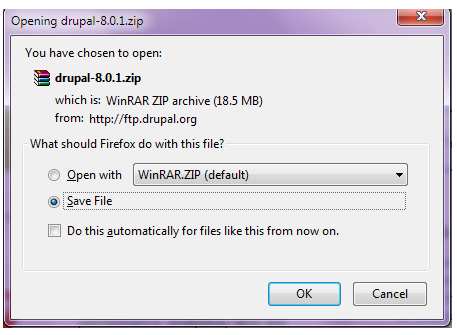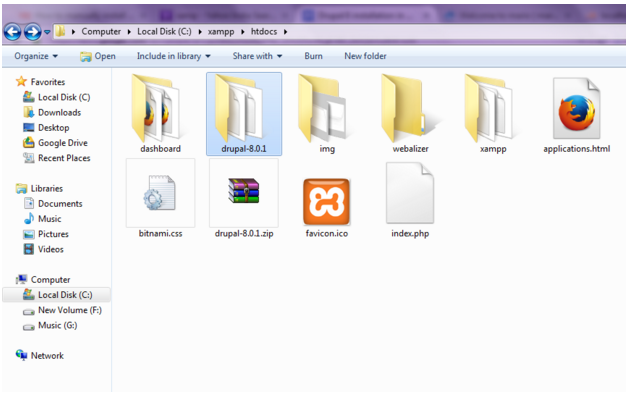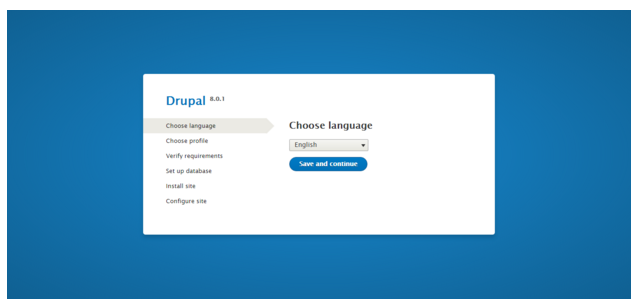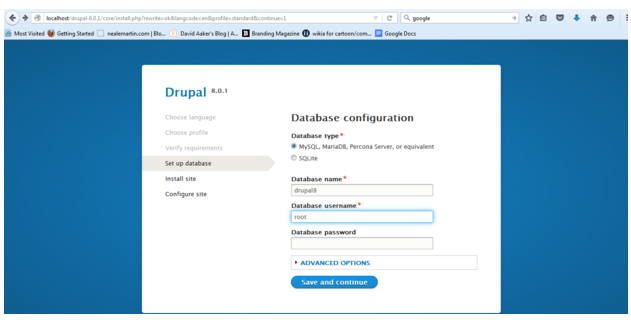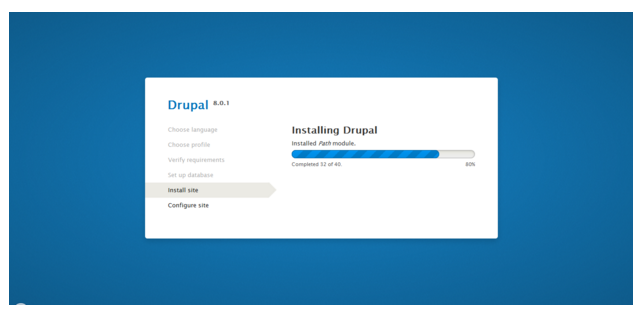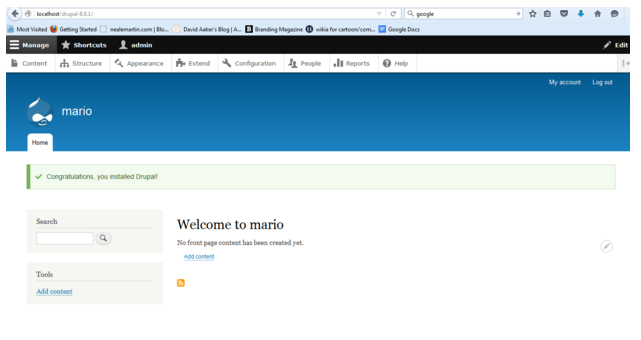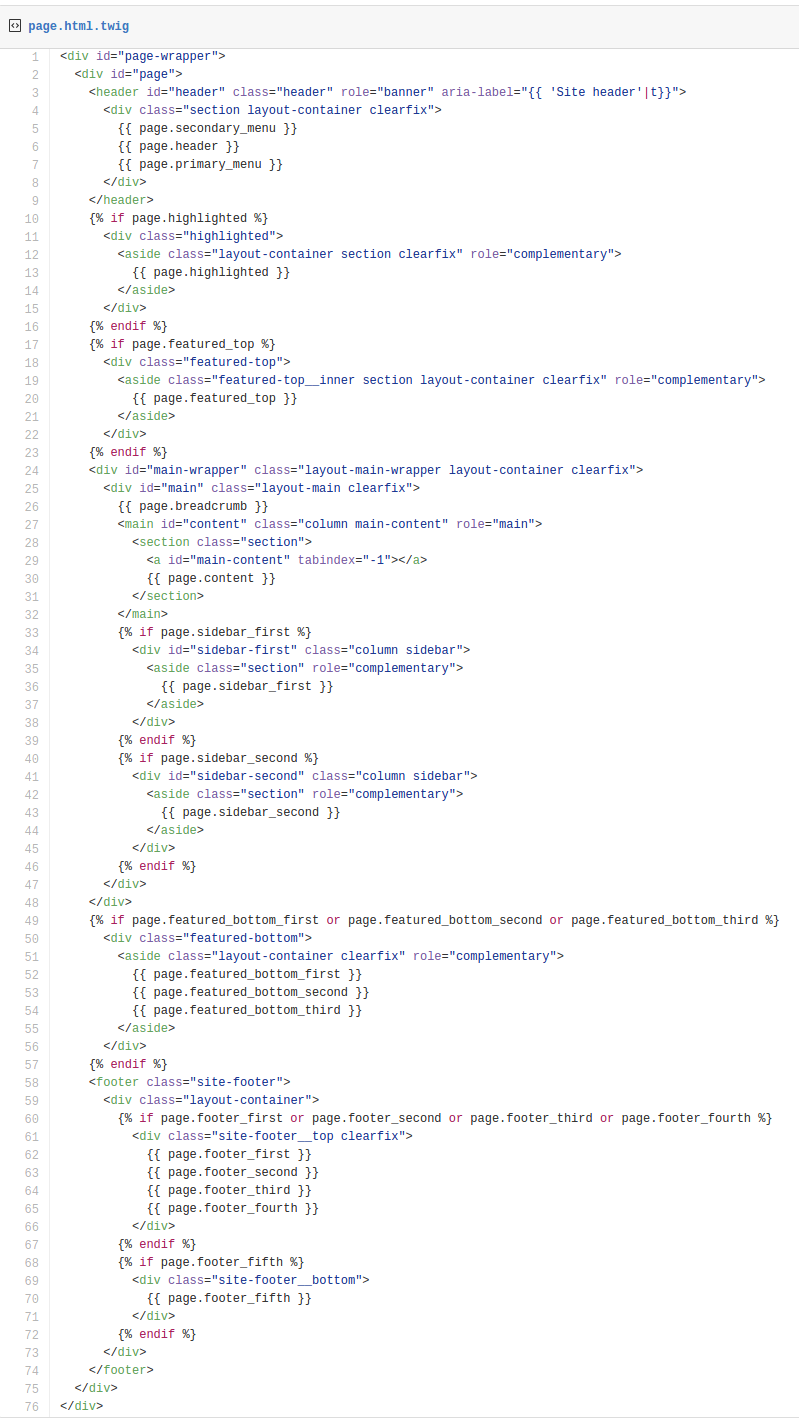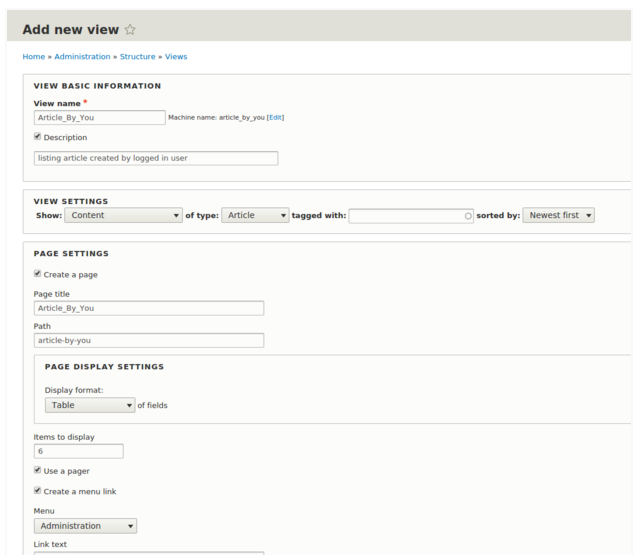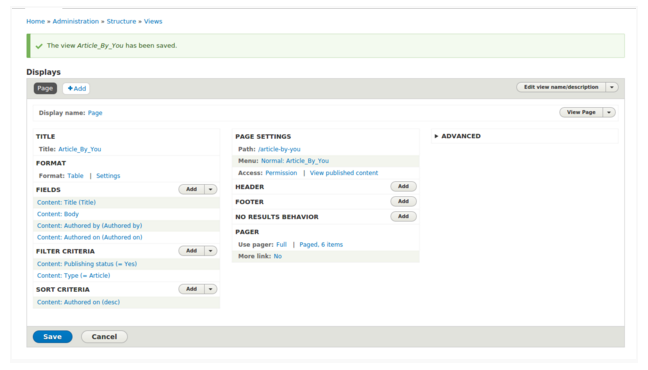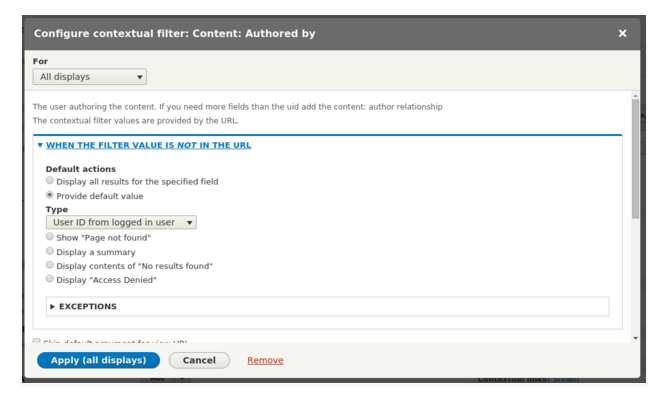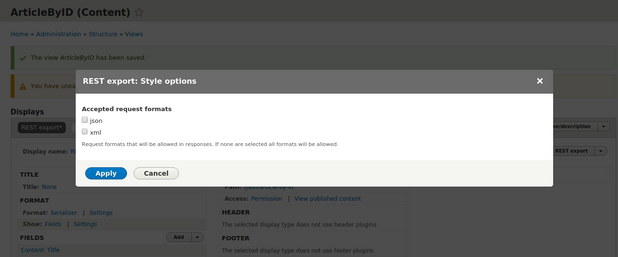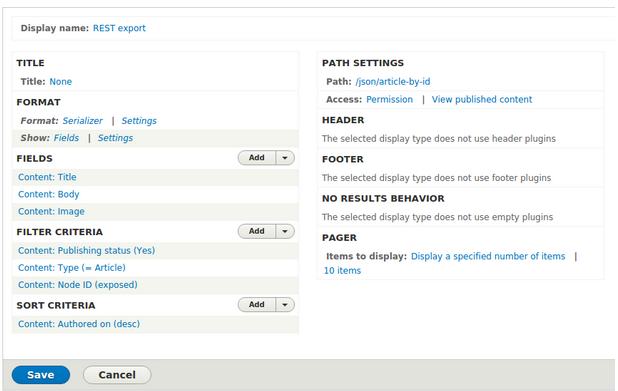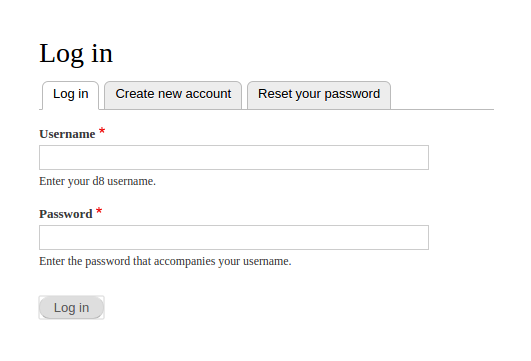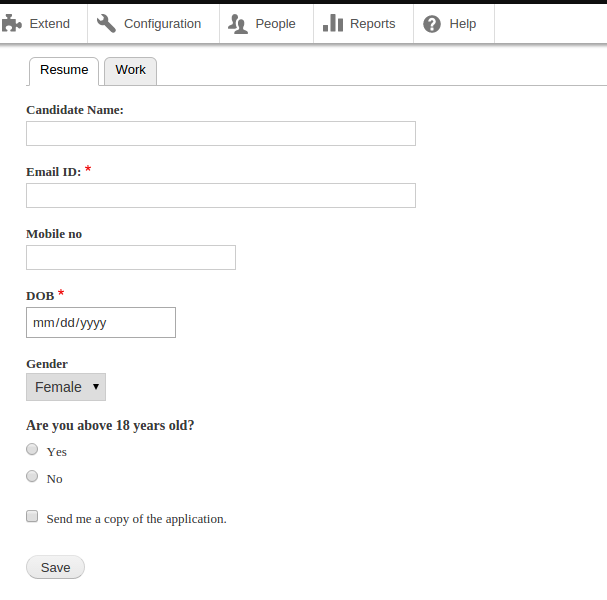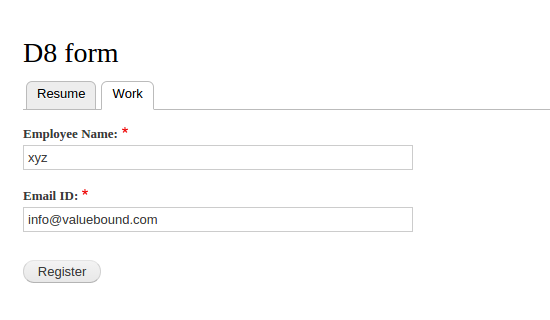1’st Meetup of Drupalchix in Bangalore - A Career Network for Women in Drupal
After postponing couple of times, the first Meetup of Drupalchix (Women in Drupal), in Bangalore was held on 23’ Jan 2016, and was organized by us in association with the Bangalore Drupal User group. The main aim of this innovative Meetup was to introduce Drupal as an easy to use CMS and let the participants interact and explore the various career options that Drupal has to offer. Drupalchix is a unique and active female professional network with regular meetups and events across different locations, and is intended to encourage more women to learn and work with Drupal.
The event in Bangalore was a perfect blend of fun and learning, and was also attended by 10+ Drupal developers from prominent corporate firms such as TCS, Mindtree, Valuebound amongst others from a few colleges. They gave rich insights into using Drupal and its various career options. It was designed to introduce the basics of Drupal in a well-structured and easy to understand manner, so that it gives the attendees a perfect introduction into one of the most popular, widely used and comprehensive open-source CMS (Content Management System) technologies used globally. The event was a perfect opportunity for participants from different educational and technical backgrounds to network and share their views on career prospects in Drupal.

We at Valuebound are leaders in the field of Drupal consulting, and have also been using our rich domain experience in designing training programs that essentially focus on learning from a practical usage perspective, thereby adding much value and utility to the learners. The first meetup in Bangalore that was organized by us was a perfect success, and we aim to organize many such events across Bangalore so as to have maximum participation and exposure in our quest for making Drupal an excellent career choice for girls. Our training camps and events are especially designed to share our seasoned Drupal best practices with a unique focus on real-time usage, thereby giving participants a much needed advantage in their career and networking opportunity.
We wish that our readers and participants spread the word on our training programs and the Drupalchix (Women in Drupal) community events, so that we can work towards increasing the awareness of Drupal amongst female professionals and students. Please feel free to share the word amongst your friends and colleagues and do contact us for more information.


